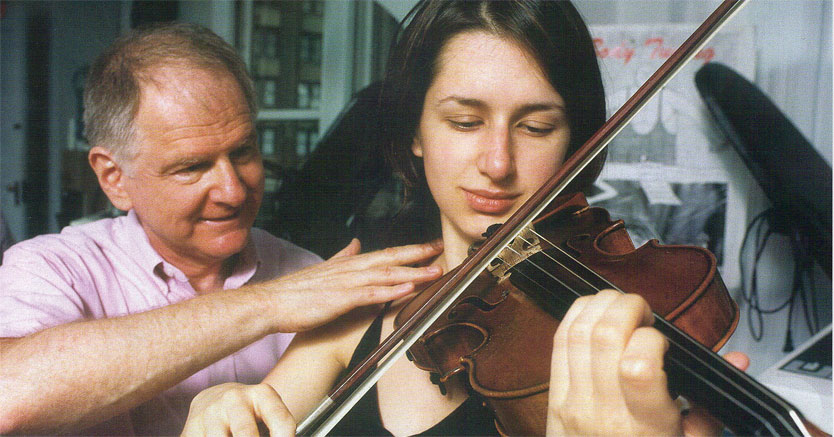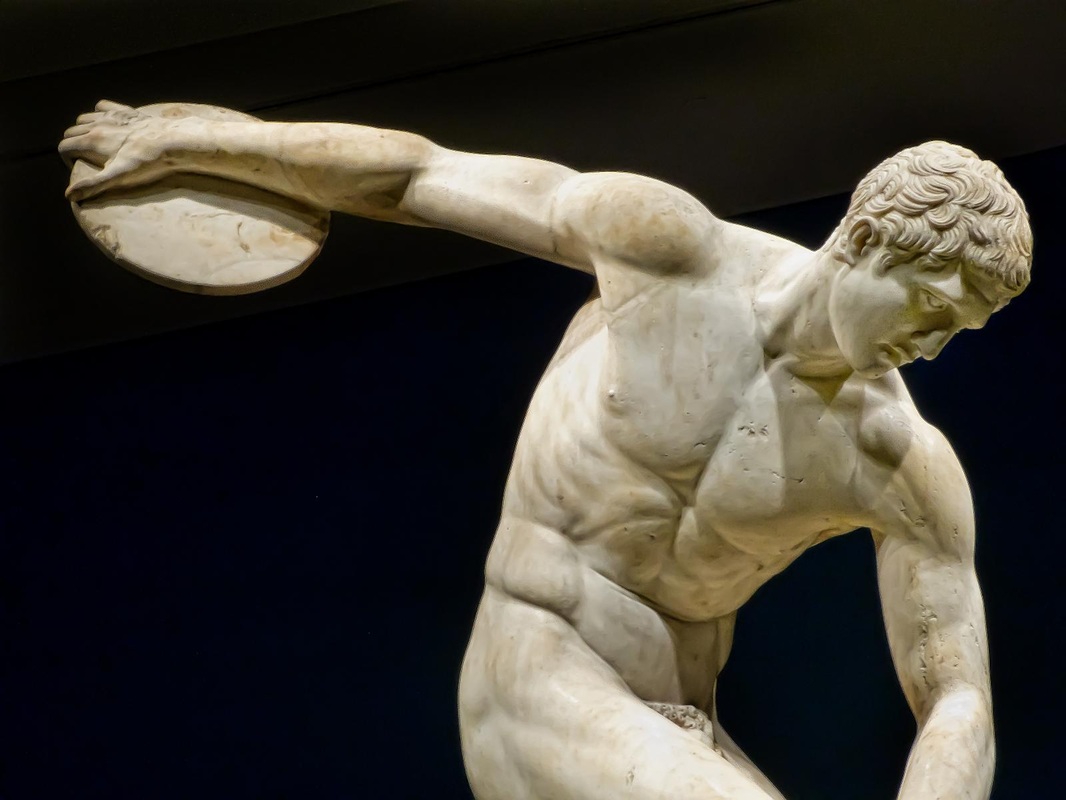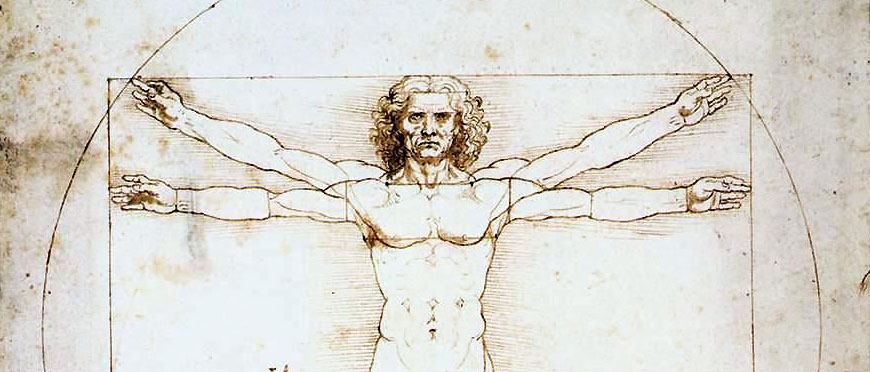
Tatz醫生的醫式好像中西醫運合的。他好像中醫會用全面的方法,但他也會用現代的機器而不會只是依靠傳統。
我是由於拉小提琴傷了手腕及前臂。我看了西醫物理治料而感到它們慣例的伸展活動和超聲波沒有效, 而Tatz醫生這樣完全明白。他第一眼見到我已經說我整身體緊。這個我已經知道,而我都下意識知道這個問題對我平常一舉一動有挺大的影響。可是,從來都沒有人(過去的物理治料師,健身教練等等)跟我應對過這個全面的問題。
Tatz 醫生會動生幫你按摩及鬆解你的肌肉。第一天他沒有對我的手腕或前臂做任何東西,他跟我說不想一天醫好我,而他只按了我的腰和背部。他也教我一些超輕柔的“運動”,是很微細的整體左右擺動。每次最後的15-20分鐘,他會放你在一部磁性機器下“睡覺”。下來的預約,他有按鬆我超繄的肩膀,腿等等,及教我多些擺動的運動。第三個預約,他按了我的手腕(不是無痛的!),而我的手腕這大半年沒感到過這樣好。但是, Tatz 醫生也說,“We have a big project” (我們有一個大工程)。他要我用八星期,二十次見他。
Tatz 醫生是一個好人,也想醫好你。 他會多說,人愈用腦多,身體就愈繄。他多強調,我們的身體自然懂得動。他也說,身體放鬆“loose”,比強的身體好。
Dr Tatz’s style seems like a mix of Eastern and Western philosophies. He takes a holistic approach like Chinese doctors, but he also uses modern technology and doesn’t rely on tradition totally.
I hurt my wrists and forearms from playing the violin. I had been to a physical therapist and found that their prescriptive methods of stretching and ultrasound useless, and Dr Tatz understood completely. The moment he looked at me he already said that my whole body was tight. I was already aware of this, and I already had a suspicion that this affected a lot of what I did in life. But, no one (including previous physical therapists, fitness instructor etc) had ever addressed this for me.
Dr Tatz heals you hands-on, massaging you out and loosening your muscles. Our first appointment he didn’t do anything to my wrists or forearms; he said he didn’t want to heal me in a day, and he worked on my core, front and back. He also taught me some super mild “exercises”, which were sort of micro movements that involved shaking/twisting left and right fairly quickly. The last 15-20 minutes, you are almost always put under some magnetic machine to “sleep”. Our next appointments, he loosened my shoulders which are super tight, and my legs, etc, and gave me more similar exercises .On our third appointment, he massaged out my wrists (it wasn’t painless), and over the last 6 months my wrists haven’t felt better. But, as Dr Tatz says, “We have a big project.” He wants me to come for 20 sessions over 8 weeks.
Dr Tatz is a nice man, and he wants to get you better. He says often, that the more you use your brain, the tighter your body. He emphasizes that our body naturally knows how to move. And, he also says, that a loose body is better than a strong body.






